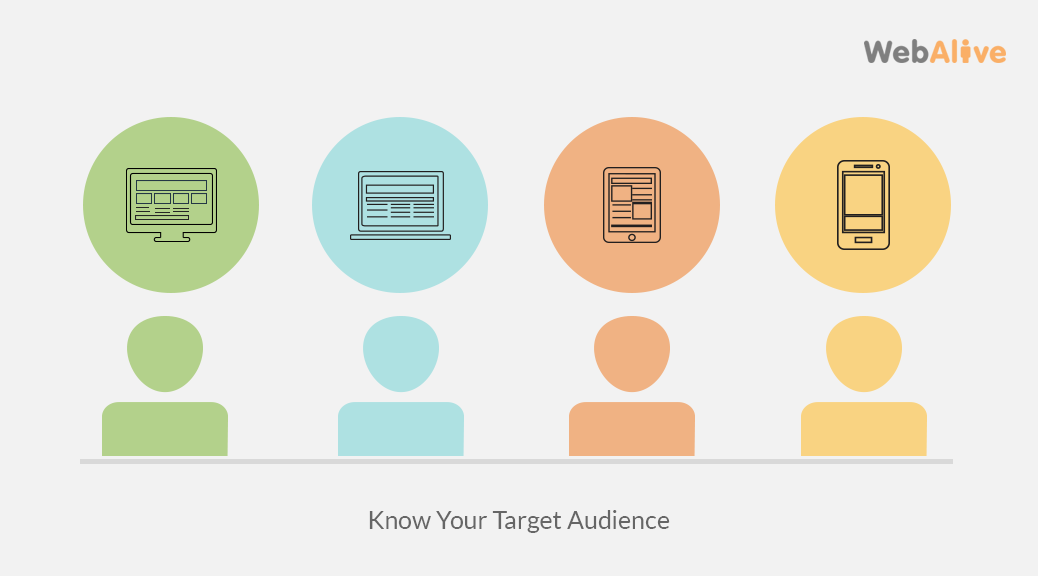
Website Redesign Checklist: 11 Tips for a Successful Relaunch
So your website has been around for a couple of years and it’s starting to look a little long in the tooth. With everything in the online world moving so fast, revamping your website design is usually an issue people should consider every 2 years or so.
Related article: Website Redesign: 9 Signs Your Website Might Need a Redesign
But how to start? It can sometimes seem like a huge task that consumes a lot of time and money, but with the internet constantly evolving and search engine algorithms becoming more and more sophisticated, refining and updating your website could make all the difference when it comes to connecting with customers and clients.
We’ve compiled a website redesign checklist to help you create a new iteration of your site.
1. Start with what you know
Analyse your current website and its history. Consider how many visitors it brought in, how many leads and form submissions it generated and how many eventual sales came from the site.
Most importantly you should think about what you really like about the site, and what you really don’t like about it.
2. Study the competition
Have a look at the big players in your industry –What could they be doing better? How will you improve their strategy?
Remember you don’t want to copy them; you want to improve upon what they’re offering so you can better cater to your market.
3. Define your audience
Think about the audience you want to connect with. Get a good grip on what they like, what they hate and how they find you.
Consider what they will expect from you, what you want to offer them and how you will be different from the competitions who are also vying for their attention.
4. Write your UVP
Define your UVP – or Unique Value Proposition. This will help you write your content so that it is consistent across your site and any other media you may have.
Write a short, easy to understand the statement that sums up who you are, what you do and why you are special. This will greet your visitors on the first page and can dramatically affect bounce rates and conversion rates.
5. Improve user experience
Clear, logical navigation, obvious calls to action and an easy way to get in touch are all elements that can be utilised to help engage customers. Don’t forget to make sure your website redesign is a mobile responsive design so people can easily navigate and connect to their mobile devices.
6. Craft your content
Make sure your content uses keywords relevant to your industry and tune in to what your visitors will be searching for to find you. Which page is your most viewed/shared one? Which page gets the most traffic? Make sure you don’t remove the pages that get a lot of inbound links so you maintain your Search Engine Optimisation (SEO) standing.
7. Consider your marketing strategy
Think about how the redesign will support your overall marketing efforts. If you consider email newsletter, set firm guidelines for how often you will send them out. Think about the best placement of the signup form so you can more easily to turn site visitors into email subscribers.
If you require social media integration, give some thought to how often you would like to update your pages. There are hundreds of great web marketing checklists online to help you define the focus of your marketing campaign and stick to it.
8. Create calls to action
Once visitors have reached you, it’s important to give them an easy way to engage and get in contact with you. Think about contests and promotions, free trials, email newsletter signup, a contact/free quote form and how best you can entice your visitors to make contact. Make sure your calls to action are front and centre, not hidden away so people have to go looking for them.
9. Optimise
There’s no point in having a website if no one can find it. The need for a good SEO strategy is growing by the second. Research on your keywords, your competition and the best way to set out a page to get more traction.
Optimise your website for search engines and have a plan to update your content regularly with relevant, useful information.
Get this SEO Checklist for website redesign to avoid losing existing organic traffic.
10. Define your goals
The goals don’t have to be in-depth, 5-year-projection goals, but a good idea of how many visitors you would ideally like visiting your site every month and how many sales would you like to make can help you focus your strategy.
Considering how you want your customer to feel when they visit your site will also help you develop achievable goals for your site.
11. Establish your ideal timeline
Be realistic about the timeline and allow for a bit of over-run. Work out a tentative deadline so you can plan and execute the different aspects of your site, along with a final launch date.
Often deciding to add features or content or pages could add significant time to your project, make sure you add this in your website redesign checklist and have your site all mapped out before you decide on an end date.
Before you launch into your redesign with your designers, there are a few more things you can do to prepare so it will be as seamless as possible:
- Back up your old site
- Gather all your information and content
- Compile any and all artwork you would like to use
- Define a colour scheme/look and feel of the site
- Have some examples of layouts you like
- Decide how you want to manage your SEO
- Consider and decide on if/how you will be managing your blog/social media
- Decide on how you would like to market your site
- Learn a little bit about your CMS platform
- Request google analytics be set up from when the site goes live
You read a lot. We like that
Want to take your online business to the next level? Get the tips and insights that matter.


